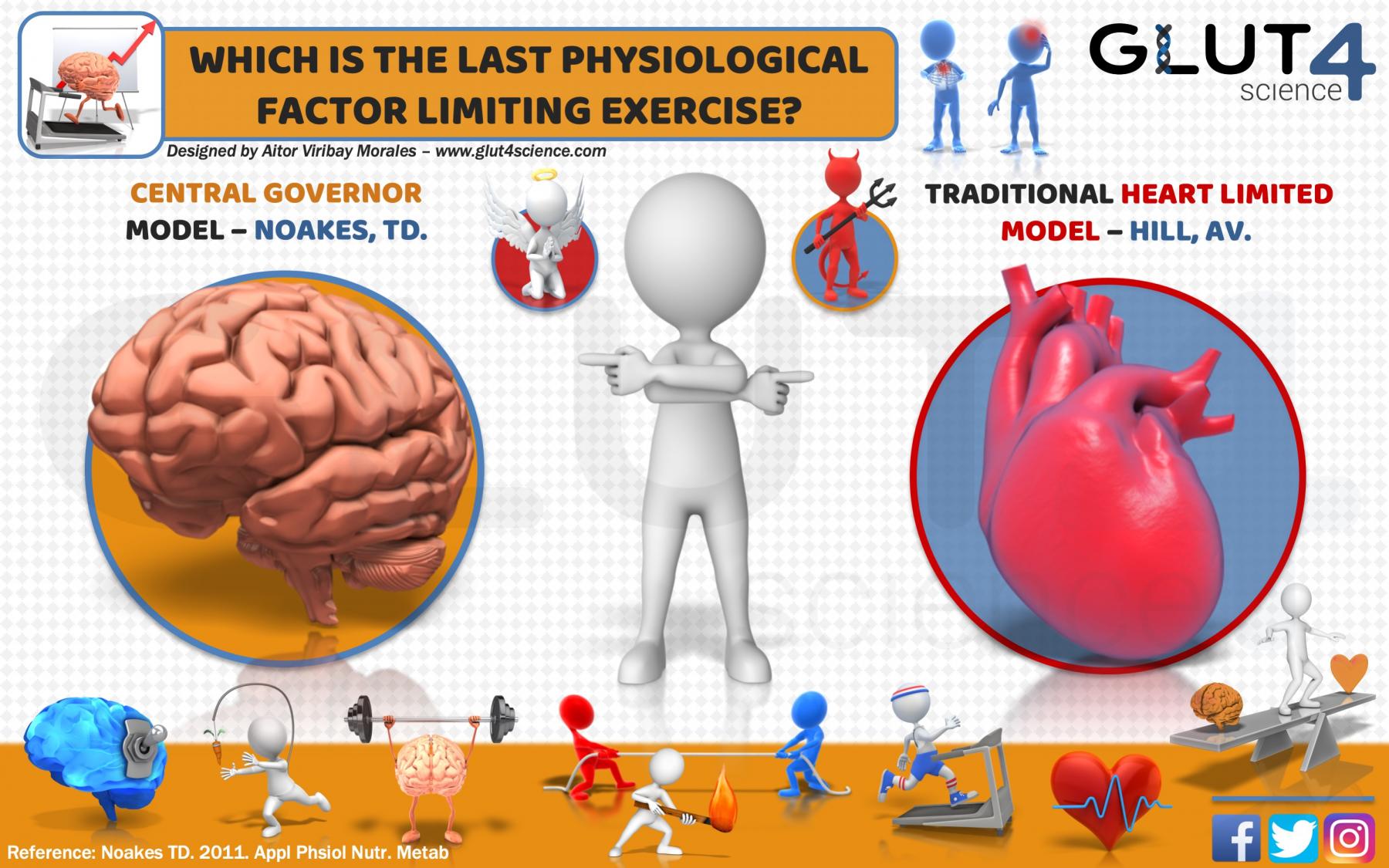
For example, if one identical twin has depression, the other has a 70 percent chance of having the illness sometime in life. Genetics: Depression can run in families.Biochemistry: Differences in certain chemicals in the brain may contribute to symptoms of depression.Several factors can play a role in depression: Risk Factors for Depressionĭepression can affect anyone-even a person who appears to live in relatively ideal circumstances. When grief and depression co-occur, the grief is more severe and lasts longer than grief without depression.ĭistinguishing between grief and depression is important and can assist people in getting the help, support or treatment they need. Grief and depression can co-exist For some people, the death of a loved one, losing a job or being a victim of a physical assault or a major disaster can lead to depression. In major depression, thoughts are focused on ending one’s life due to feeling worthless or undeserving of living or being unable to cope with the pain of depression. In grief, thoughts of death may surface when thinking of or fantasizing about “joining” the deceased loved one.In major depression, feelings of worthlessness and self-loathing are common. In grief, self-esteem is usually maintained.In major depression, mood and/or interest (pleasure) are decreased for most of two weeks. In grief, painful feelings come in waves, often intermixed with positive memories of the deceased.They are also different in important ways: Both grief and depression may involve intense sadness and withdrawal from usual activities. The grieving process is natural and unique to each individual and shares some of the same features of depression. Those experiencing loss often might describe themselves as being “depressed.”īut being sad is not the same as having depression. It is normal for feelings of sadness or grief to develop in response to such situations. The death of a loved one, loss of a job or the ending of a relationship are difficult experiences for a person to endure. There is a high degree of heritability (approximately 40%) when first-degree relatives (parents/children/siblings) have depression.ĭepression Is Different From Sadness or Grief/Bereavement Some studies show that one-third of women will experience a major depressive episode in their lifetime. Women are more likely than men to experience depression. Depression can occur at any time, but on average, first appears during the late teens to mid-20s. And one in six people (16.6%) will experience depression at some time in their life. Symptoms must last at least two weeks and must represent a change in your previous level of functioning for a diagnosis of depression.Īlso, medical conditions (e.g., thyroid problems, a brain tumor or vitamin deficiency) can mimic symptoms of depression so it is important to rule out general medical causes.ĭepression affects an estimated one in 15 adults (6.7%) in any given year. Difficulty thinking, concentrating or making decisions.Increase in purposeless physical activity (e.g., inability to sit still, pacing, handwringing) or slowed movements or speech (these actions must be severe enough to be observable by others).Changes in appetite - weight loss or gain unrelated to dieting.Loss of interest or pleasure in activities once enjoyed.If you or someone you know needs support now, call or text 988, or chat ĭepression symptoms can vary from mild to severe and can include: It can lead to a variety of emotional and physical problems and can decrease your ability to function at work and at home. Depression causes feelings of sadness and/or a loss of interest in activities you once enjoyed. © Copyright 2020 Fundació Medicina Fetal Barcelona.Depression (major depressive disorder) is a common and serious medical illness that negatively affects how you feel, the way you think and how you act. 2011 Jan 37(1):15-21.Īviso legal Política de privacidad Política de cookies Generalitat de Catalunya 2000.ġ.Van Mieghem T et al.Ultrasound Obstet Gynecol. Corbes de referència de pes, perímetro craneal i longitud en nèixer de nounats d'embarassos únics, bessons i trigèmins a Catalunya. Comparision of fetal growth in singleton, twin and triplet pregnancies. Customized birthweight for a Spanish Population. The value of femur length in addition to head and abdomen measurements.

Estimation of fetal weight with the use of head, body and femur measurements a prospective study.

Third trimester ultrasound dating algorithms derived from pregnancies conceived with artificial reproductive techniques. A comparative analysis of second-trimester ultrasound dating formulas in pregnancies conceived with artificial reproductive techniques. A critical evaluation of sonar ‘crown-rump length’ measurements.


 0 kommentar(er)
0 kommentar(er)
